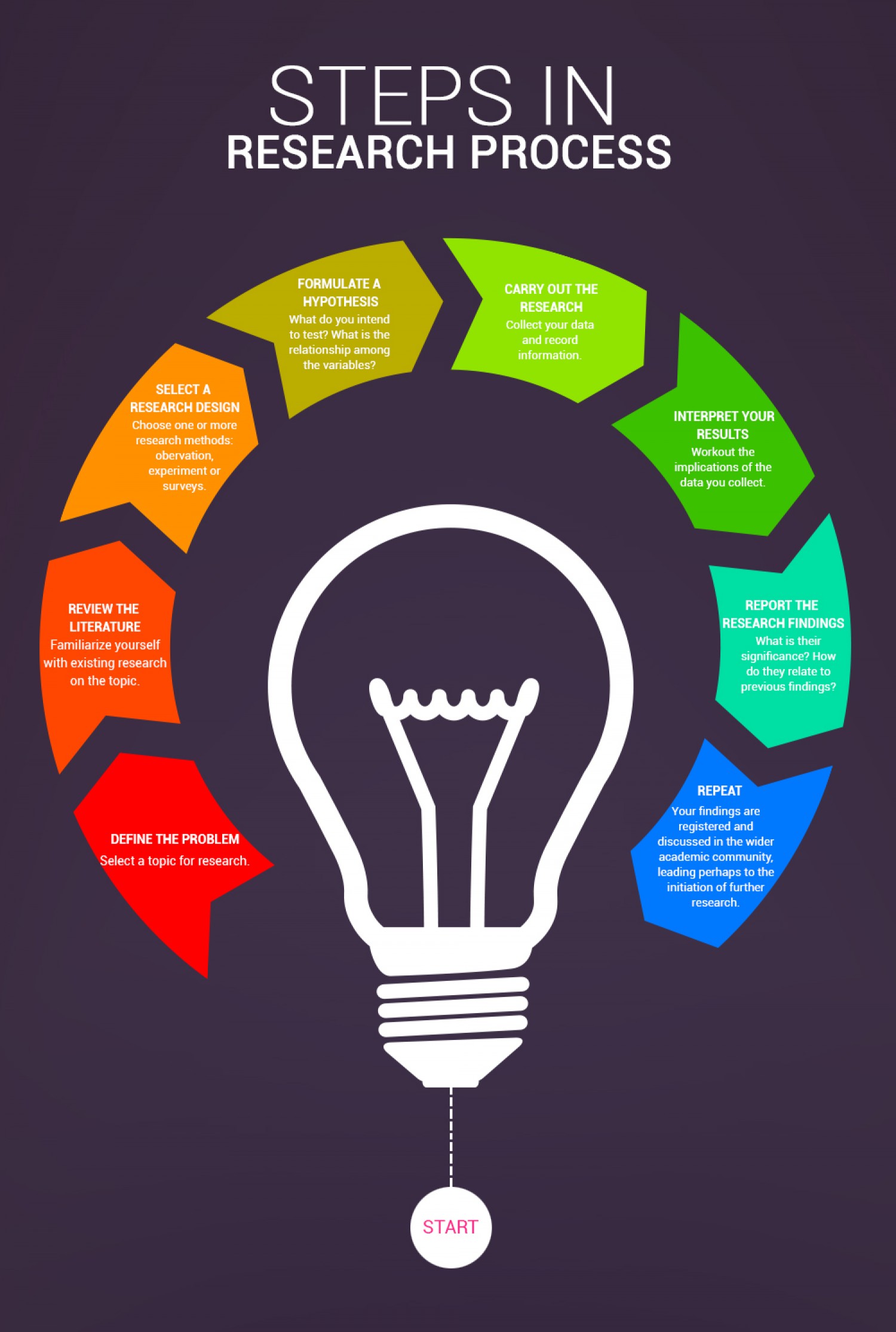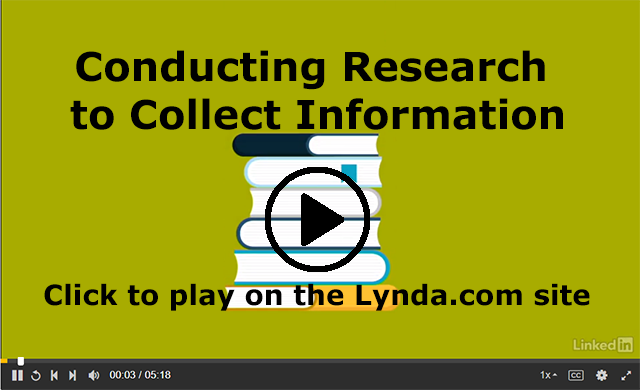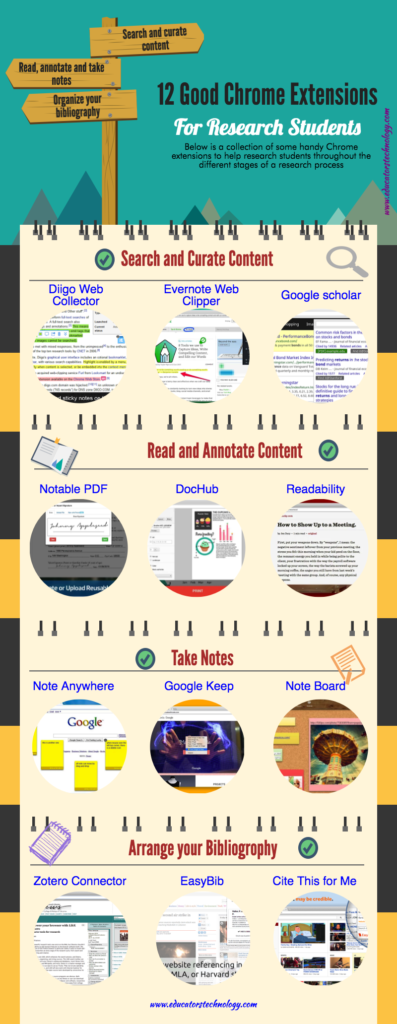Lynda.com Login Help
Lynda.com videos are free to Virginia Tech students with your VT.EDU login. Start at the VT.EDU login page to access these resources.
On Monday, you will submit an internal progress report. It’s similar to the kind of progress report that you might give to your manager or co-workers to let them know what’s happening with a project.
You also need to know about how to write external progress reports, which will go to clients or stakeholders outside your organization. While the general purpose is the same as that for an internal progress report, the audience is quite different.
The Lynda.com video Using in-progress reports to communicate with clients (4m 23s) will walk you through the key features and the important characteristics of this kind of progress report.
Note: This video has closed captioning, so it does not need a transcript.
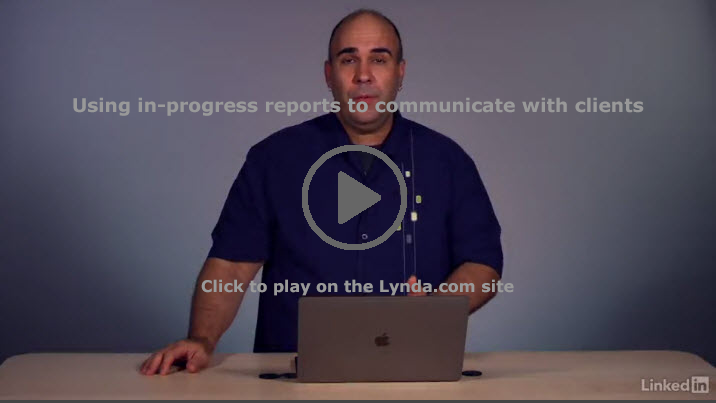
 This week you will continue writing your Genre Analysis Report, and you will write a Progress Report that tells me about your project.
This week you will continue writing your Genre Analysis Report, and you will write a Progress Report that tells me about your project.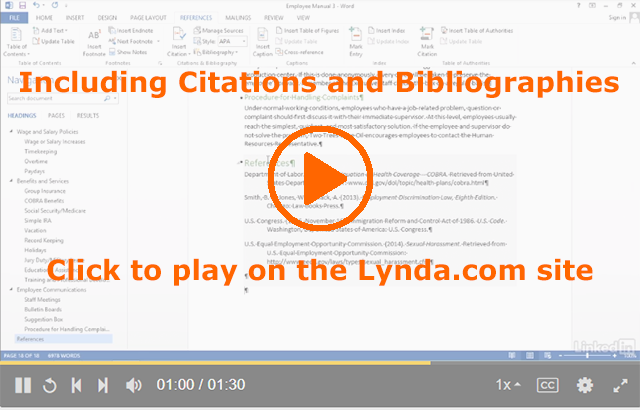
 I recently learned that according to the Faculty Handbook 9.6.1, “instructors should not schedule major assignments or tests for the last three calendar days of scheduled classes or reading day. Students should be allowed time to prepare for their final exams and benefit from feedback on material relevant to exams.”
I recently learned that according to the Faculty Handbook 9.6.1, “instructors should not schedule major assignments or tests for the last three calendar days of scheduled classes or reading day. Students should be allowed time to prepare for their final exams and benefit from feedback on material relevant to exams.”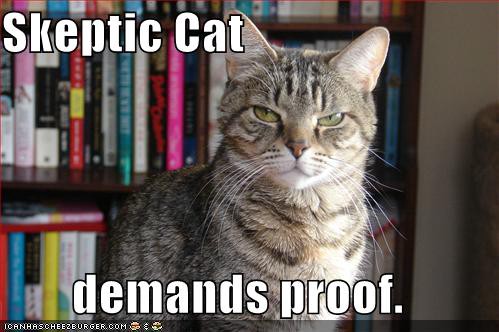 To avoid being accused of spreading untrue information, be a fact checker. When you write a document in the workplace, your first task is to compose the document; but before you send that project out to your readers, you need to do some fact checking to verify the ideas.
To avoid being accused of spreading untrue information, be a fact checker. When you write a document in the workplace, your first task is to compose the document; but before you send that project out to your readers, you need to do some fact checking to verify the ideas. 